Endometriosis
Updated Dec. 04th, 2017
What many women also do not realize is that if properly diagnosed, it is very treatable. There are many natural health products and lifestyle tips that can reduce the pain and prevent the growth of endometrial cells in places they don’t belong.
Endometriosis is the growth of cells that normally develop in the uterus (endometrial cells) developing in a location outside of the uterus.
Most commonly the cells grow on the ovaries, fallopian tubes, and outer surfaces of the uterus, intestines, and the surface lining the pelvic cavity. In more extreme cases, these cells can grow in the vagina, the bladder and sometimes even outside the pelvis and into the abdominal cavity. Endometrial cells are the same cells that shed each month during menstruation. Outside of the uterus, these cells are referred to as endometriomas or endometriosis implants.
Risk factors for developing endometriosis are numerous however the largest factor is hereditary; a woman with an immediate relative who has endometriosis is six times more likely to develop endometriosis herself than the rest of the population. Age is another risk factor for developing endometriosis which primarily affects women between the ages of 24 and 40 years old. However, endometriosis can present itself at the beginning of menstruation or near menopause. Women who have longer menstruation but shorter cycles are at an incresed risk for developing endometriosis as are those with increased estrogen levels. Lifestyle and situational conditions that increase risk include lack of exercise, use of an I.D (intrauterine device), history of childhood abuse and a diet high in fat.
Evidence now suggests that an immunological deficiency play a large role in the development of endometriosis. The immune system is not able to pick up on a problem in the pelvic organs and furthermore too weak to stop the growth of endometrial cells in abnormal locations. Studies have shown a correlation between suppressed immunity and a higher number and greater area of implants.
The severity of symptoms associated with Endometriosis varies between individuals. Almost all women with endometriosis experience a classic triad of symptoms including pain with menses (dysmenorrhea), pain with intercourse (dyspareunia) and infertility. For some women menses can cause such excruciating pain that they are unable to leave their homes, go to work or carry on activities of daily living. A labour-like, severe cramping or bearing down type pain usually begins just prior to menses and can last a couple days into bleeding. Some women experience nausea and vomiting, diarrhea, or even fainting during this time. The severity was once thought to depend on the number of cells that grew in abnormal places, but we now know that it is actually the depth of the cells, how deep they grow into the other tissue that seems to correspond with the degree of pain a woman experiences.
The only way to definitively diagnose endometriosis is via one of two procedures. A laparoscopy is a surgical procedure in which a scope is inserted through one of two very small pelvic incisions. A laparotomy is a more major surgical biopsy procedure.
There are many nutritional and lifestyle recommendations that can both prevent and help to treat and decrease the symptoms of endometriosis. Simply ensuring that you are getting more than sufficient green leafy vegetables and fruit into your daily diet is a great start. Try to make them organic when and if possible. Liver friendly fruits and vegetables, like carrots, beets, dandelion greens, kale and cabbage and lemon increase the detoxification ability of the liver, thus decreasing the amount of excess or exogenous estrogen. Increasing fiber also increases transit time and helps to bind excess hormones. Decreasing intake of red meat has also shown to drastically decrease the risk of developing endometriosis. Even lean meat protein can promote inflammation and pain. Many healthcare practitioners encourage women with endometriosis to try to incorporate more vegetable proteins, almonds, soy and even fish into their diet instead. Limiting refined sugar, caffeine, and alcohol has also been shown to significantly reduce the risk of developing endometriosis. Regular exercise is also key in preventing endometriosis, as well as minimizing stress.
There are many supplements that may be beneficial in preventing onset or reducing symptoms of Endometriosis. For the most part we want to keep in mind our objective of supporting the immune system, reducing inflammation and pain, supporting and aiding the liver in detoxification and removal of excess hormone, and combating free radical damage. Any combination of these

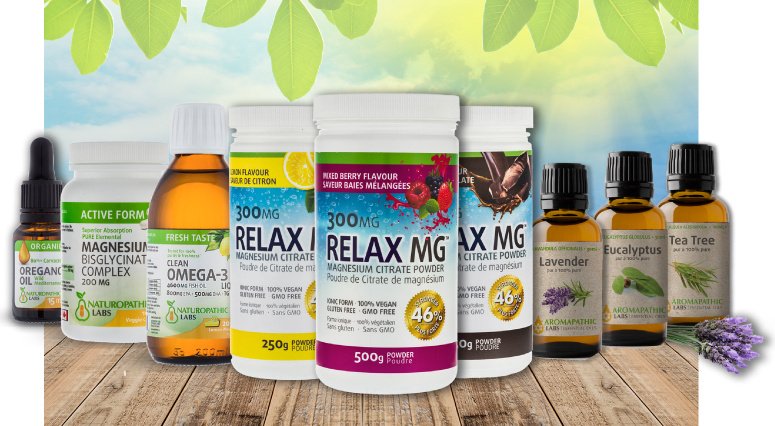
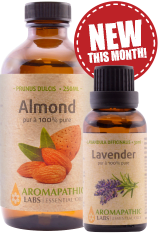
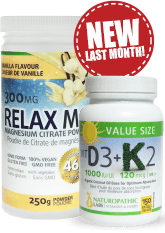


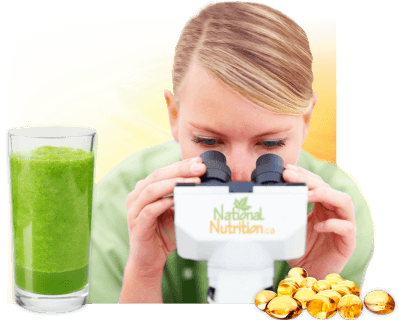





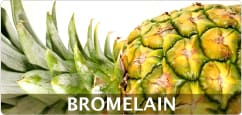

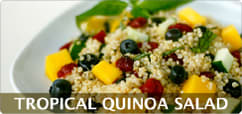
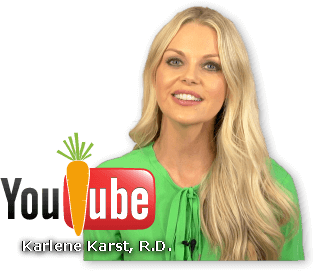

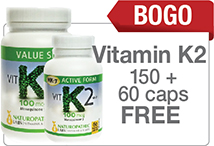

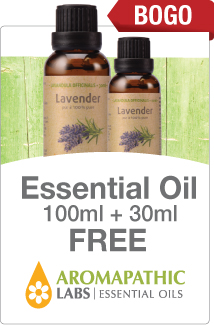
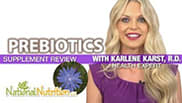
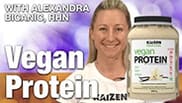
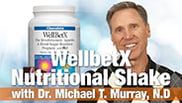
As someone who suffers from severe endometriosis affecting multiple organs outside of the pelvic region, I agree with the article that there are many different methods that can help with symptom management. I believe that there needs to be a mix of surgical and natural approaches. For diagnosis and proper initial treatment, surgery with an endometriosis specialist is necessary. It's important to note (and currently it's not mentioned in the article), that there are in fact different types of laparoscopic surgeries and there are endometriosis specialists. Many gynaecologists will perform ablation (the burning of the lesions); however, this can cause more issues as it doesn't remove the lesions from the root (think of it like an iceberg). Anyone who is seeking treatment should ensure that their surgeon performs excision, which is the cutting away of the disease. This way all of the disease is removed and there is a smaller chance of recurrence. The majority of gynaecologists perform ablation, not excision, so seeking a specialist is really important.
Hello Sarah,
Thank you for sharing your experience, we're glad you enjoyed our article and the suggestions for support. It's always best to seek advice from your health care practitioner to treat each personal case. We hope you're well and if you have any questions please reach out, we're always here to help.
Have a healthy day!
I know a family member who suffers from endometriosis and how painful it can be. She is already eating whole foods with iodine and high vegetable intake as we’ve read articles on how iodine and vegetables can help with this condition. We’re also considering the herb, shatavari, as it is known to help females with endometriosis. Many women aren’t sure what can help this condition and suffer longer than they should. This is a great article to get an understanding and starting point on what could help.
Hello Hassan,
Indeed, endometriosis is painful and uncomfortable. It's important to find a lifestyle and protocol that works well for the individual and the first step is understanding this health concern so it can be supported. Glad you found our article and hope your family member is feeling better.
Stay healthy & well!